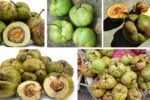Spring is a magical season when nature awakens after the cold winter months. As days grow longer and temperatures rise, gardens burst into life with color, fragrance, and vitality. For many gardeners, spring is the best time to create a vibrant and welcoming outdoor space by planting flowering plants that thrive during this season. Whether you are a beginner gardener or an experienced horticulturist, choosing the right spring-blooming plants can make all the difference in creating a cheerful, lively garden.
In this article, we will explore some of the best flowering plants to brighten your garden in spring, highlighting their features, growing tips, and how they add beauty to your landscape.
Why Spring Flowering Plants Are Special
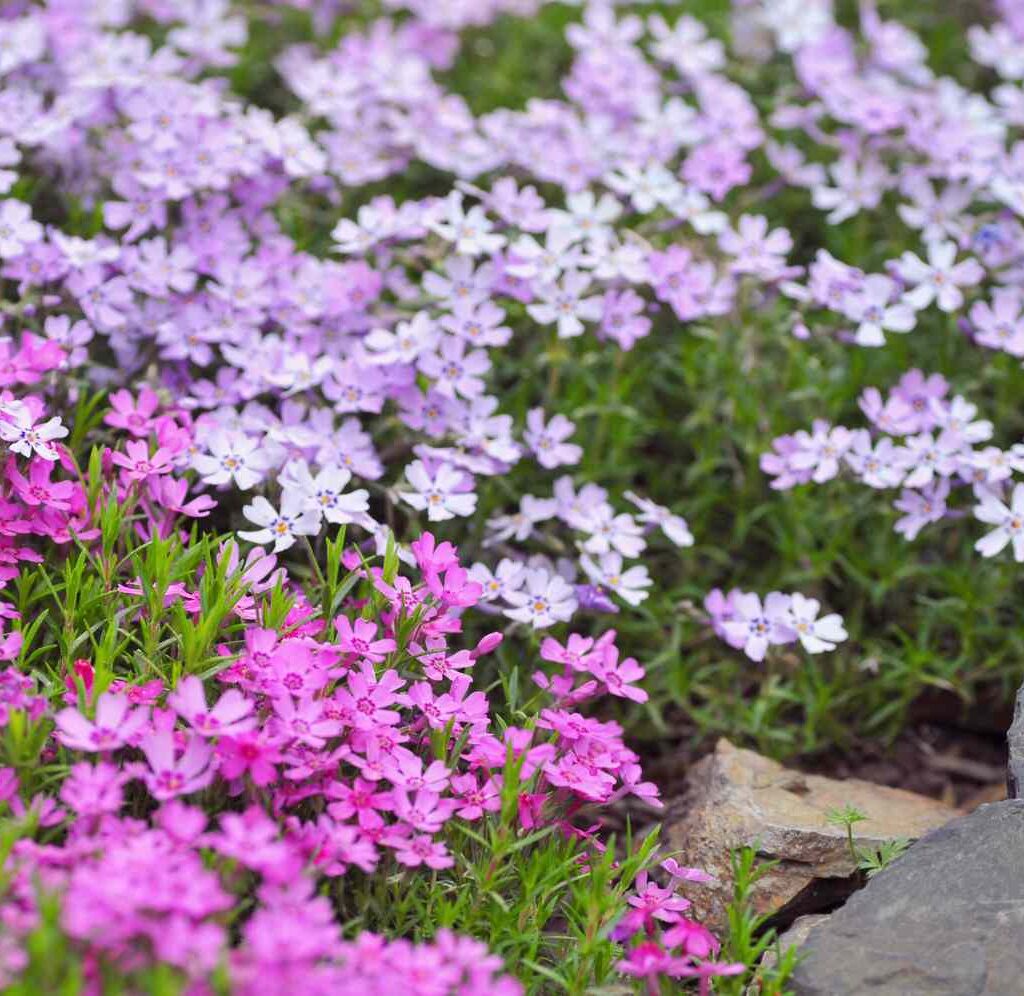
Spring flowering plants are not only visually appealing but also play a key role in supporting pollinators like bees, butterflies, and hummingbirds. After the dormancy of winter, these plants provide essential nectar and pollen, while also refreshing your garden with delightful fragrances and colors. Additionally, many spring flowers are hardy, easy to grow, and adaptable, making them perfect for both backyard gardens and containers.
1. Tulips – The Quintessential Spring Bloom
No spring garden is complete without the elegance of tulips. Known for their brilliant colors and graceful cup-shaped flowers, tulips symbolize renewal and joy.
- Colors & Varieties: Available in almost every color of the rainbow—red, pink, yellow, purple, orange, and even multi-colored varieties.
- Growing Tips: Plant tulip bulbs in the fall for spring blooms. They thrive in well-drained soil and require full to partial sun.
- Why They’re Great: Tulips add instant brightness and can be grown in beds, borders, or containers. Their neat, upright growth makes them ideal for formal garden designs.
2. Daffodils – Cheerful Yellow Beauties
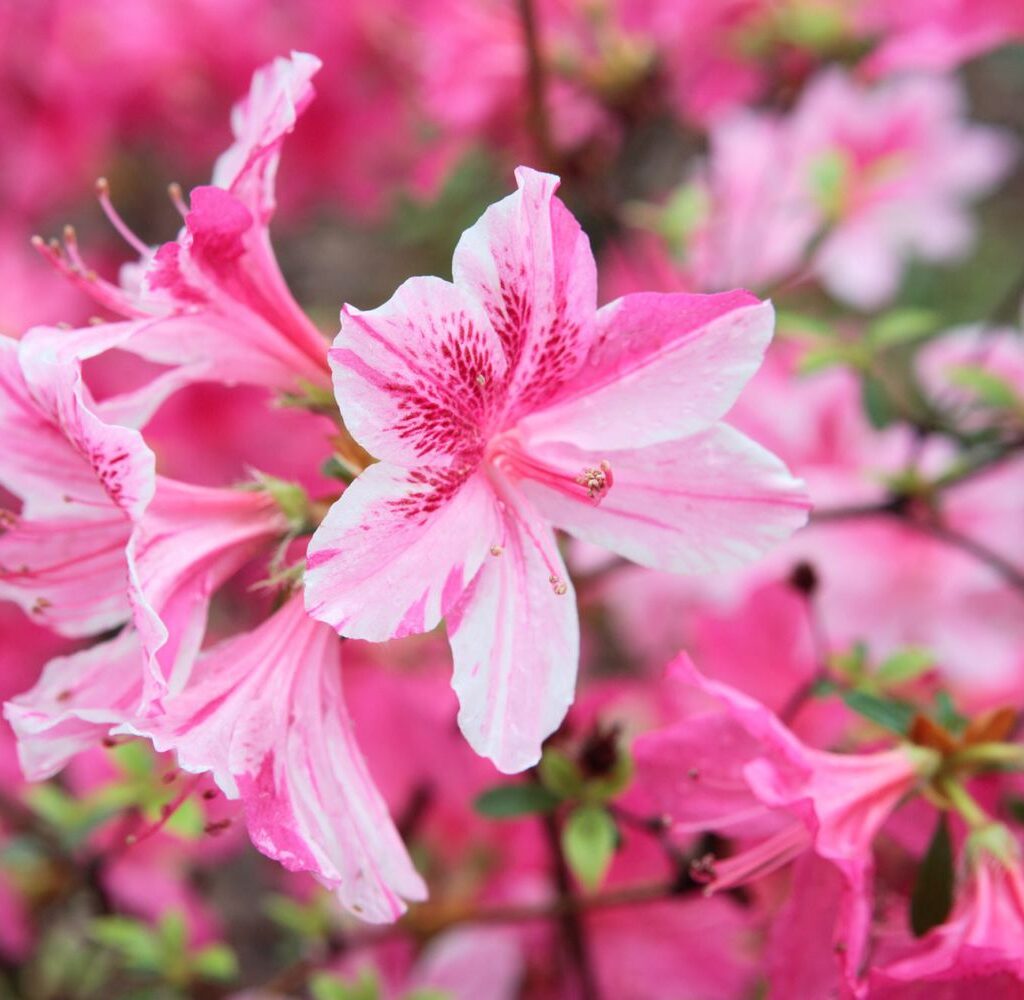
Daffodils are one of the earliest spring bloomers, often appearing as the first signs of warmer days ahead. Their sunny yellow flowers bring joy and optimism to any garden.
- Colors & Varieties: Primarily yellow, but also available in white, cream, and orange shades.
- Growing Tips: Plant bulbs in autumn, ensuring well-drained soil. They are low-maintenance and multiply easily, giving you more blooms each year.
- Why They’re Great: Daffodils naturalize well, making them ideal for large drifts in lawns or under trees. They also deter pests like deer and rabbits.
3. Hyacinths – Fragrant Spring Stars
Hyacinths are cherished for their intense fragrance and dense flower spikes. These blooms create a dramatic display when planted in clusters.
- Colors & Varieties: Available in pink, purple, blue, white, and yellow.
- Growing Tips: Plant bulbs in fall, in well-drained soil with plenty of sunlight. Hyacinths do well in containers and garden beds.
- Why They’re Great: Their fragrance is unmatched, making them perfect for walkways, patios, and spots near entrances where you can enjoy their scent up close.
4. Lilacs – Fragrance and Elegance Combined
Lilacs are iconic spring shrubs that fill the air with their sweet aroma. Their clusters of tiny flowers are beloved for both their beauty and fragrance.
- Colors & Varieties: Purple, lavender, pink, and white are most common.
- Growing Tips: Lilacs prefer full sun and well-drained soil. Prune after flowering to maintain shape and encourage more blooms next year.
- Why They’re Great: Lilacs make excellent cut flowers and provide a nostalgic, cottage-garden charm.
5. Peonies – Show-Stopping Blooms
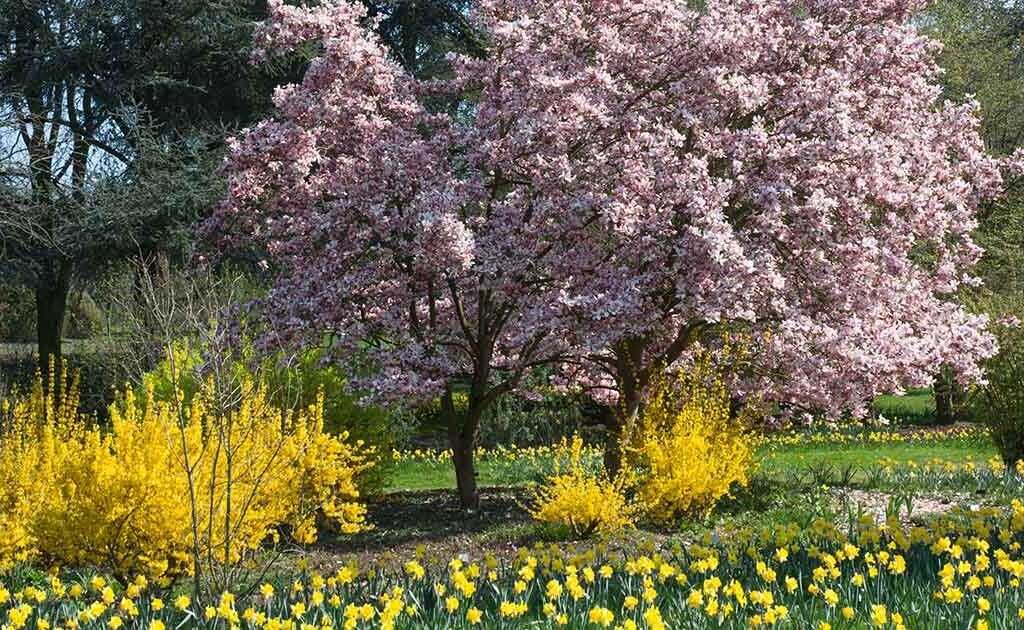
Peonies are renowned for their lush, large, and fragrant flowers. Blooming in late spring, they add drama and elegance to gardens.
- Colors & Varieties: White, pink, red, coral, and even deep burgundy.
- Growing Tips: Peonies need full sun and rich, well-drained soil. They are long-lived plants, often lasting decades in the same spot.
- Why They’re Great: With their luxurious blooms, peonies are excellent as focal points and make stunning cut flowers.
6. Cherry Blossoms – Symbol of Renewal
Cherry blossom trees are famous worldwide, especially in Japan, where they symbolize renewal and beauty. Their delicate blooms create an ethereal spring atmosphere.
- Colors & Varieties: Soft pink and white.
- Growing Tips: Cherry blossoms thrive in full sun and fertile, well-drained soil. Choose dwarf or ornamental varieties for small gardens.
- Why They’re Great: They create a breathtaking seasonal display and can transform your entire garden landscape.
7. Azaleas – Burst of Colorful Shrubs
Azaleas are vibrant spring-flowering shrubs that brighten up shady areas of the garden.
- Colors & Varieties: Red, pink, orange, white, and purple.
- Growing Tips: They prefer acidic soil, partial shade, and consistent moisture. Mulching helps retain soil moisture and keeps roots cool.
- Why They’re Great: Azaleas are perfect for borders, woodland gardens, and as foundation plantings.
8. Iris – Bold and Elegant
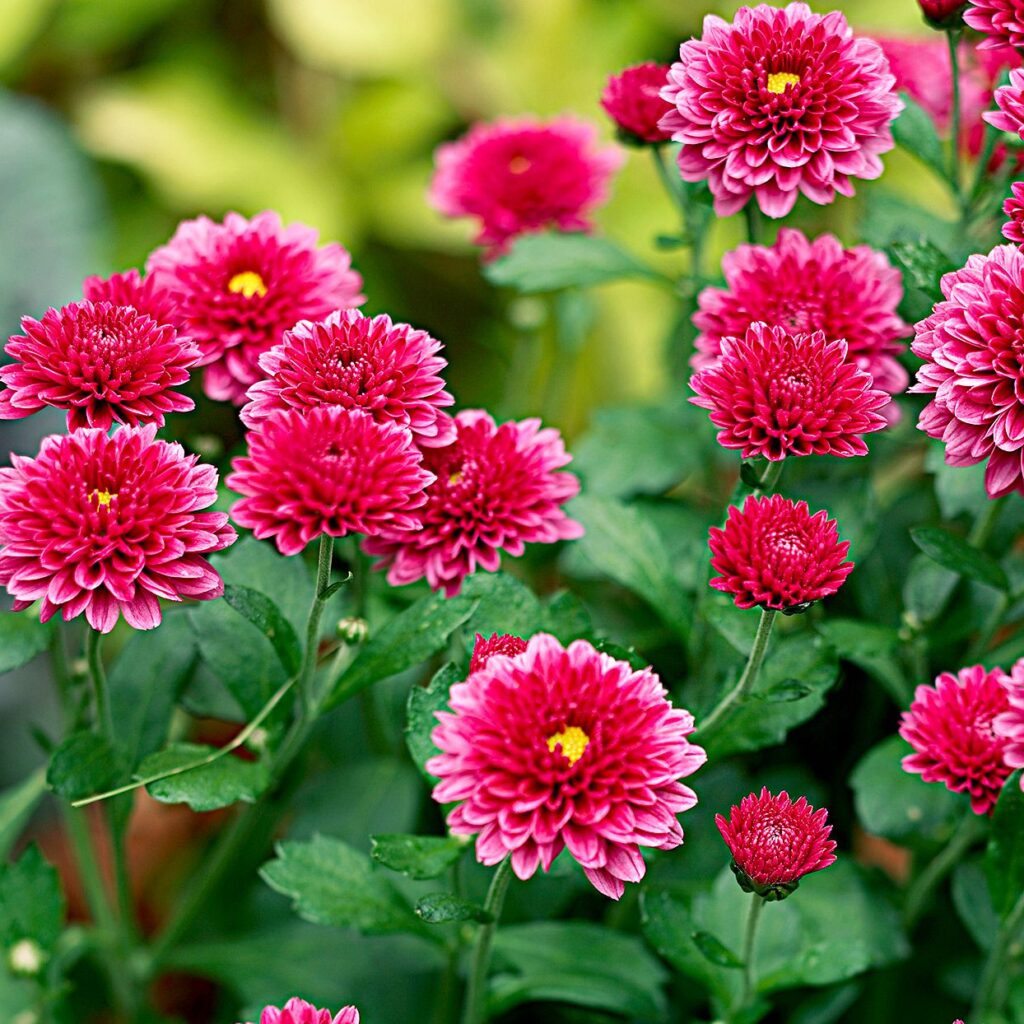
Irises stand out with their striking sword-shaped leaves and intricate blooms. They bring boldness and structure to spring gardens.
- Colors & Varieties: Purple, blue, white, yellow, and bi-colored types.
- Growing Tips: Plant in sunny spots with well-drained soil. Bearded irises are especially popular and require division every few years.
- Why They’re Great: Irises are both artistic and elegant, making them perfect for adding vertical accents to garden beds.
9. Primroses – Small but Vibrant
Primroses are among the earliest spring flowers, often blooming while snow still lingers in colder climates.
- Colors & Varieties: Wide variety—yellow, red, pink, purple, and white.
- Growing Tips: They thrive in moist, well-drained soil and partial shade. Perfect for rock gardens, borders, and containers.
- Why They’re Great: Their cheerful, low-growing blooms are excellent for brightening up small spaces.
10. Magnolia – Grandeur in Bloom
Magnolia trees and shrubs are admired for their large, showy, and fragrant flowers that bloom in early to mid-spring.
- Colors & Varieties: White, pink, purple, and yellow.
- Growing Tips: They prefer full sun to partial shade and slightly acidic, moist soil. Choose smaller varieties if space is limited.
- Why They’re Great: Magnolias add grandeur and make a dramatic statement in gardens.
Tips for a Successful Spring Flower Garden
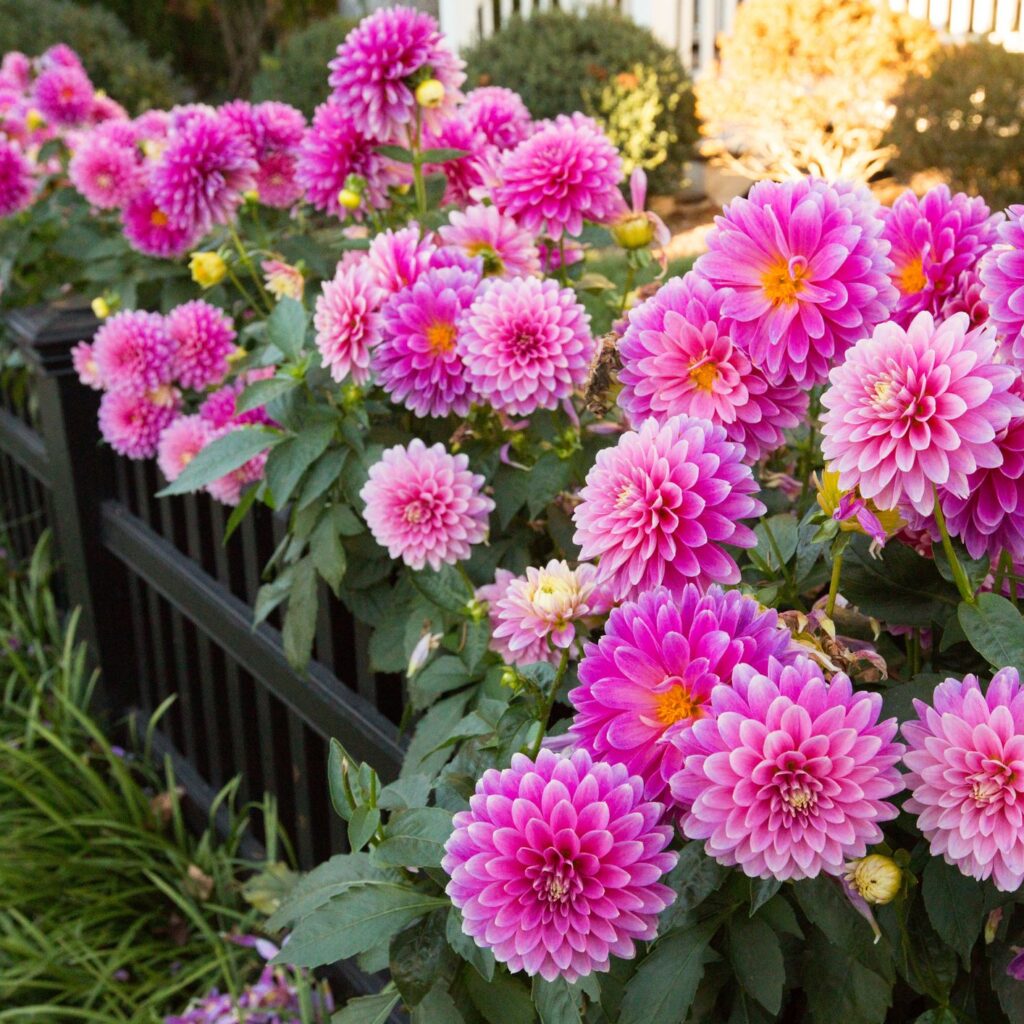
- Plan Ahead: Plant spring bulbs in the fall for best results.
- Choose a Variety: Mix early, mid, and late spring bloomers to enjoy continuous color.
- Use Companion Planting: Combine tall blooms like tulips with low-growing primroses for layered effects.
- Soil Preparation: Ensure soil is fertile and well-drained before planting. Add compost for better growth.
- Water Wisely: Spring rains may be sufficient, but water newly planted flowers during dry spells.
- Add Mulch: Helps retain moisture, suppress weeds, and protect roots from temperature swings.
- Attract Pollinators: Plant fragrant flowers like hyacinths, lilacs, and peonies to support bees and butterflies.
Conclusion
Spring is the season of renewal, color, and fragrance, and the right flowering plants can turn your garden into a breathtaking retreat. From the cheerful daffodils and tulips to the elegant magnolias and peonies, each flower brings unique charm and vibrancy. By planting a mix of early, mid, and late spring bloomers, you can ensure a garden that stays bright and beautiful throughout the season.
Whether you want to create a small backyard retreat or a grand floral display, the best flowering plants for spring will not only brighten your garden but also lift your spirits and connect you with nature’s beauty.



